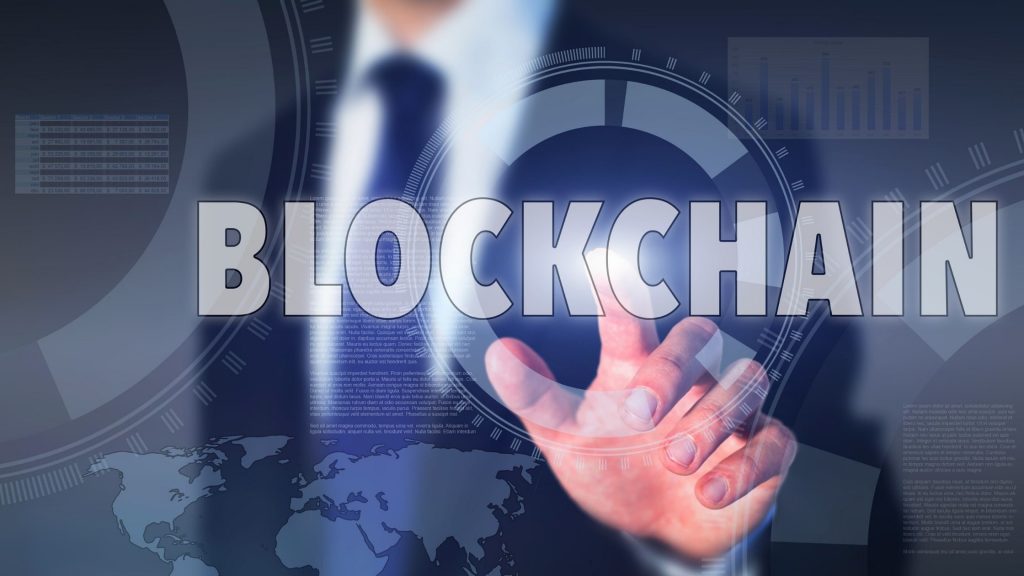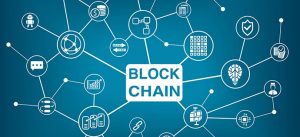Blockchain technology is rising, albeit slowly but surely, as the demand for touchless solutions increases in a post-pandemic economy. Once known only as the technology powering Bitcoin, Blockchain is now used for a growing number of industries like digital marketing, eCommerce, banking cybersecurity etc. The banking industry has also warmed up to Blockchain, especially in the new normal economy where more secured touchless solutions need to be in place.
In Blockchain technology, digital data can be distributed without being compromised or replicated, providing a digital channel more secure than the Internet. Experts even say that Blockchain is a new and safer Internet.
To propel your business in a high growth trajectory, banking for small business is crucial. You should look for a bank which provides a hassle free customer experience with simple documentation. The products should help you finance both your short term needs and long term business plans.
How Blockchain Matters to Banking
Blockchain technology uses a massive electronic database framework to construct applications. It manages data empowering individual and corporate users to confidently exchange real-time data access while removing protection, privacy, and control issues.
Blockchain can offer completely different solutions to change banking systems, driving resilience across large banking and financial networks. It also encourages customer trust, verifies people’s authenticity, contracts, and products, and establishes new business revenue channels.
It is why the banking industry is a frontliner in adopting Blockchain technology. Worldwide financial networks are actively targeted by cyberattacks, data breaches, and theft. Since banking institutions have no choice but to connect for commercial and business purposes, they must boost their operations, communication, and security to stay ahead of these growing threats.
4 Characteristics of a Blockchain
Decentralized
A blockchain is stable and open and could make trade more effective by eliminating manual and paper-based processes instead of implementing simplified and automated ones. A distributed blockchain can be a powerful collaborative tool because it is decentralized, and no one can own it because the data in Blockchain is cryptographically stored inside.
Democratized
The network blockchain does not use central authority. The information in it is open for everyone to see on the network since it is a public and permanent ledger.
Immutable
The data inside the Blockchain is virtually impossible to tamper with. All Blockchain nodes or computer devices, usually hundreds or even thousands, will have to accept any changes made simultaneously.
Transparent
All generated and stored data in a blockchain remains transparent. All in the block is responsible for their actions. The data stored within is also searchable, as Blockchain functions as a distributed ledger.
Blockchain can be used outside eCommerce transactions. It can be used for medical databases, managing binding agreements, keeping a detailed family registry, and the like. It is useful to track goods distribution, trace the origin and authenticity of products or contracts. It can also help secure all your personal credit records.
4 Advantages of Blockchain in Banking
Decentralized Trust
Blockchain’s primary benefit is its method of verifying and monitoring transactions. It allows individuals and entities to process transactions without having a third party or central bank.
Several banks have started using technology to secure alternatives to systems relying on intermediaries and transaction confirmation by third parties. Instead of being managed by a single central authority, blockchain creates a decentralized system by distributing control to all the peers in the transactions chain.
It lowers or even removes counter party risk. Users may be confident that transactions will be carried out in compliance with the protocol, removing the need for a trusted third party.
Improved Security
If the data is stored in a block, it cannot be modified selectively. It makes blockchain fundamentally safe. As many users share it, shutdown or hacking is difficult and can be viewed by anyone using the system to ensure transparency.
The decentralized design of the networks means that blockchain does not have a single point of failure and can withstand attacks more effectively. Exchange of transaction value in blockchain requires specific digital signatures that depend on public and private decryption codes.
It is also regulated by strict cryptographic laws that eliminate the risk of fraud.
Reduced Costs
Through utilizing the distributed ledger approach, banks can dramatically reduce transaction costs by removing third-party intermediaries and the overhead cost of exchanging money and other assets.
Eliminating the middle man allowed cross-border transfers, trading, and settlement to become faster, safer, and cheaper. Moreover, blockchain reduces material costs by eliminating the need for expensive proprietary infrastructure.
It also eliminates risks due to its improved data integrity, thus lowering regulatory compliance costs in areas like various Know-Your-Customer (KYC) initiatives.
Heightened Efficiency
The chance of mistakes and duplication is removed by Blockchain and is therefore suitable for repairing various automated processes. Removing intermediaries reduces the time for payment to mere seconds and the time for the sale to minutes. It also allows for the 24/7 handling of transactions.
Using a tamper-proof format, Blockchain lets banks store data in blocks. It helps them to increase data mobility and reduce the time taken for KYC efforts. It also enables transactional procedures to be fully streamlined, from payment to settlement and avoids any paperwork delays caused by duplication.
Blockchain data is complete, secure, and precise. In addition, the disorder and ambiguity associated with multiple ledgers are reduced by applying all transactions to a single publicly accessible ledger.
4 Impacts of Blockchain in the Banking Industry
Better Money Transfers
The chance of mistakes and duplication is removed by Blockchain and is therefore suitable for repairing various automated processes. Removing intermediaries reduces the time for payment to mere seconds and the time for the sale to minutes. It also allows for the 24/7 handling of transactions.
Using a tamper-proof format, Blockchain lets banks store data in blocks. It helps them to increase data mobility and reduce the time taken for KYC efforts. It also makes fully automated transactional processes—from payment to settlement—and avoids any paperwork delays caused by duplication.
Blockchain data is complete, secure, and precise. In addition, the disorder and ambiguity associated with multiple ledgers are reduced by applying all transactions to a single publicly accessible ledger.
Inexpensive Direct Payments and Swipe Fees
When sending or receiving a payment, it typically goes via banks, credit card processing networks, and other intermediaries. Each level adds difficulty, and each service provider expects to receive a fee for their part in the transaction.
When consumers pay with plastic, retailers pay transaction fees, and these fees become profits. Cheaper blockchain payment networks are a choice for certain merchants.
Transaction Details
Banks can use blockchain over moving money. The system is excellent for monitoring transactions, which can be useful in many ways, such as title information and smart contracts.
Since ledgers are hard to manipulate, tracking ownership can be simpler and more effective. Every ownership transfer may go into the ledger, resulting in a trustworthy source of information about almost any type of property.
Activities can be automated by generating smart contracts. These machine protocol contracts will track the entire purchasing process to ensure that payments and deliverables are in order, and troubleshooting can be more urgent.
Combined with open banking, encrypted smart contracts could lead to quicker, automated lending decisions in a bidder marketplace.
Reduced Fraud and Theft
It is paramount in modern times that banking cybersecurity is robust and ahead of the game. Fraudsters and theives are constantly trying to find weak spots in banking systems to exploit. That is why blockchain’s contribution to cybersecurity is essential. Blockchain technology is resistant to hacking, DDOS attacks, and other forms of fraud. It can also allow banks and others to identify individuals quickly and accurately via a digital blockchain-enabled ID. With less fraud, the cost of doing business is declining, and savings are likely to help everyone.
Conclusion: Blockchain is Reshaping Banking

Blockchain has been around for years, but it is only recently that industries have begun embracing this technology. You should also start to leverage this digital technology for your business to do your business at par with global standards in this post-pandemic economy.
As most businesses worldwide are moving online and operating remotely, whether wholly or partially, innovative business solutions are necessary. For instance, accounting software for small businesses streamlines payroll and other accounting tasks to be done remotely, lessening the teams’ pressure that suddenly had to go remote. It also helps global businesses keep financial obligations in order, no matter where their branch is in the world.
Blockchain must meet numerous requirements before becoming a standard banking technology. Banks need the resources to run a global network. Widespread blockchain adoption is also required for the banking sector to make the most of blockchain.
Blockchain would allow banks to process payments quicker, cheaper, and more reliably. It would help established banks cope with fintech startups and offer greater consumer service.
About the author :
Mayleen Meñez used to work in media before finding her true passion in NGO work, travelling the Philippines and Asia doing so. She homeschools 3 kids and loves reinventing Filipino dishes. She is a resident SEO writer for Softvire Australia and Softvire New Zealand.
Mayleen Meñez Social Credentials :
Facebook: https://www.facebook.com/mayleenmenez
Twitter: https://twitter.com/MayleenMenez
LinkedIn: https://www.linkedin.com/in/mayleenmenez/
Instagram: https://www.instagram.com/mayleen_menez/




